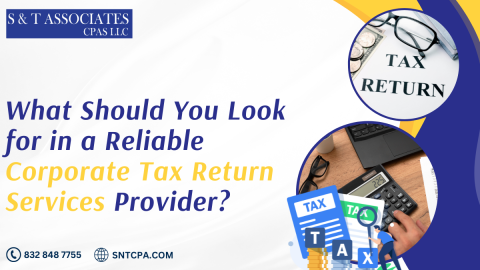Paycheck Protection Program
For many businesses and charity groups who obtained loans through the Pay check Protection Program (PPP), a key deadline is coming.
Paycheck Protection Program – PPP basics
Paycheck Protection Program (PPP) loans are typically forgiven in full if the borrower divides the funds 60/40 between payroll and acceptable nonpayroll costs. Initially, nonpayroll costs were limited to mortgage interest, rent, utilities, and interest on existing debt, but the Consolidated Appropriations Act (CAA), approved in late 2020, dramatically increased the list of acceptable nonpayroll charges. For instance, the monies could be used to cover specific running costs and worker protection costs.
The CAA states that a borrower is not required to include forgiven amounts in its gross income and may deduct costs incurred with forgiven PPP earnings that are normally deductible.
Forgiveness filings
Borrowers of PPPs may seek for forgiveness at any time prior to the maturity date of their loans. However, if a borrower does not apply for forgiveness within ten months of the end of the “covered period” — the eight to twenty-four weeks following disbursement during which the funds must be used — the borrower’s PPP loan payments will no longer be deferred and the borrower will be required to begin making payments to the lender.
For many so-called “first-draw” borrowers, that 10-month term is drawing to a close. For instance, an organisation that applied early in the programme may have been covered until October 30, 2020. To avoid debt repayment obligations, it would need to request for forgiveness before August 30, 2021.
If the SBA does not forgive a loan or just partially forgives it, the lender will inform the borrower when the first payment is due. Interest accrues from the time the loan funds are disbursed to the time the SBA remits the forgiven amount to the lender, and the borrower is responsible for the accrued interest on any amount not forgiven.
Certain firms may have delayed filing their forgiveness petitions in order to maximise their tax advantages for employee retention. This is because qualified wages paid after March 12, 2020 and through December 31, 2021 that are used to calculate the credit amount cannot be included in the calculation of eligible payroll expenditures for PPP debt forgiveness. These organisations must pay close attention to the day on which their 10-month grace period expires in order to avoid initiating loan repayment.
Act now
Given that businesses almost always have a lot going on, it’s unsurprising that some may have been less than laser-focused on the different dates associated with their PPP loans. Now is the moment to ensure that your forgiveness application is submitted on time and that you have acquired the essential evidence to withstand any subsequent SBA audit.
Set up a consultation today or contact us to schedule a meeting.








